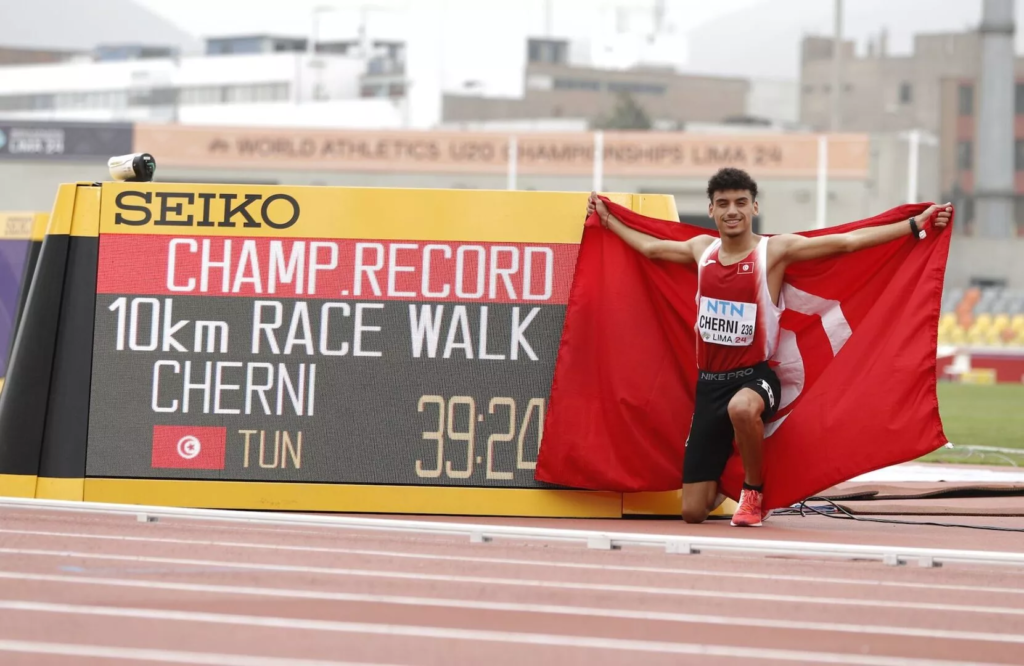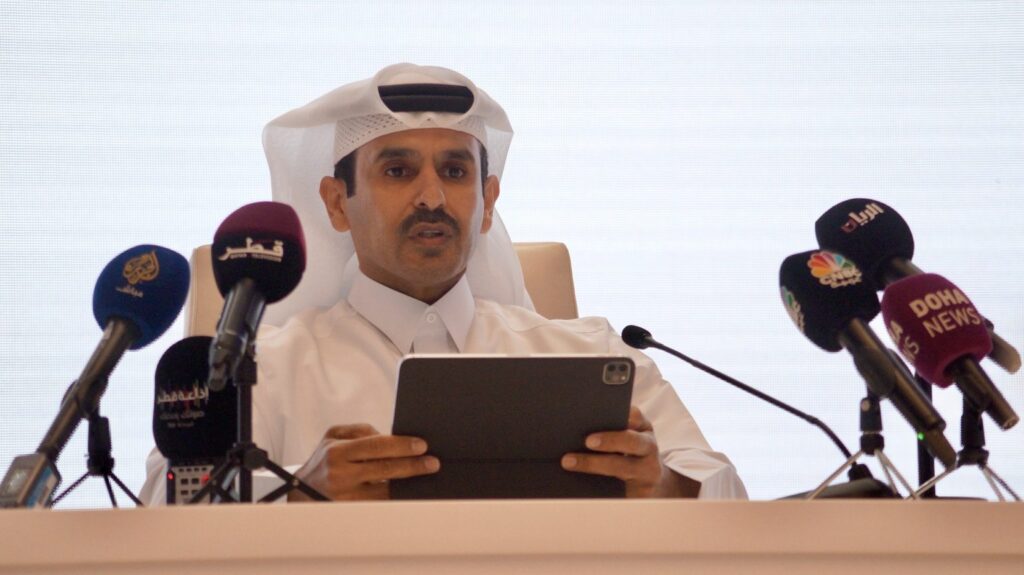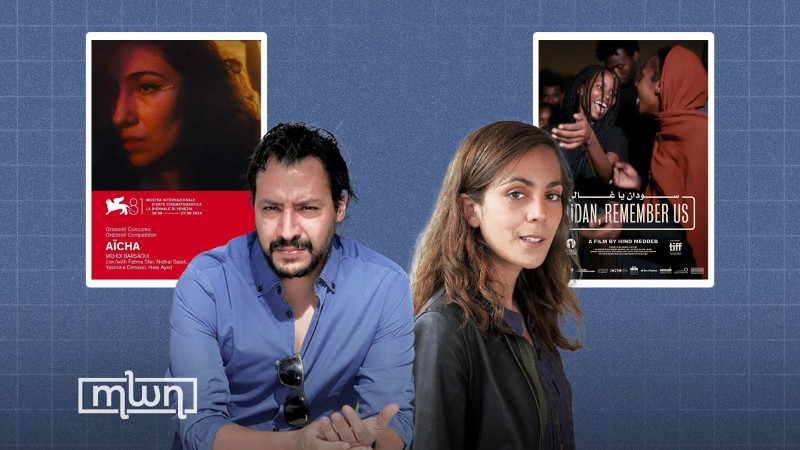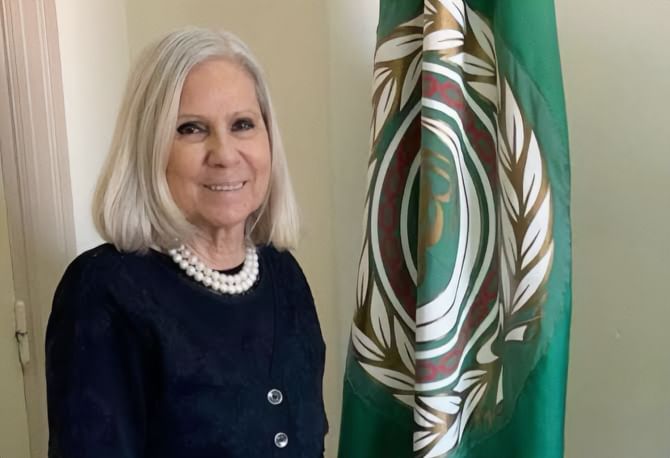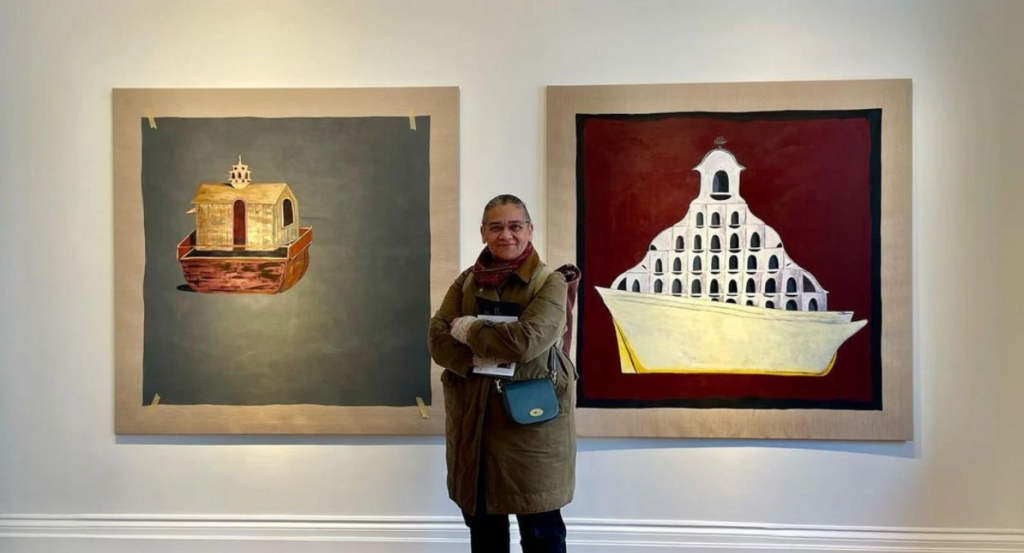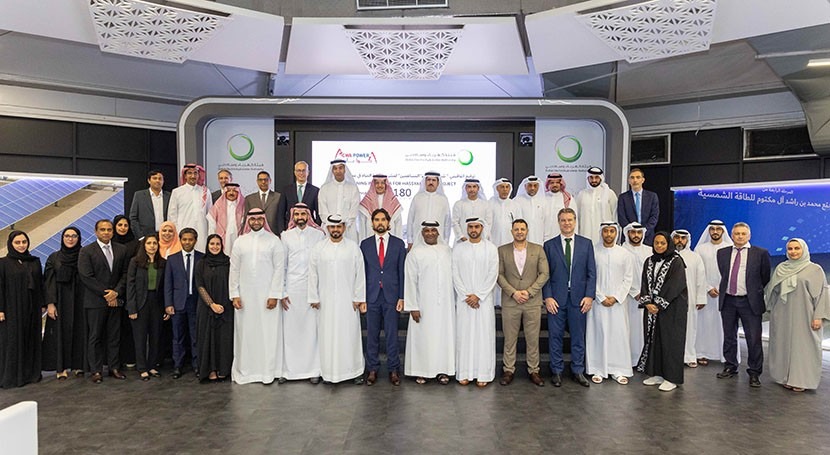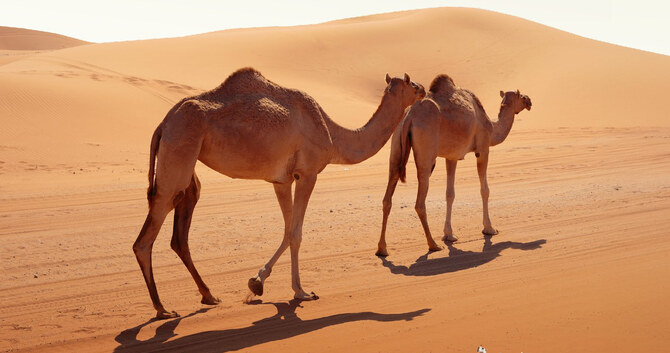Winning novel The Water Diviner is a poetic work set in rural Oman.
Novelist Zahran Alqasmi is the first Omani to win the International Prize for Arabic Fiction for his fourth novel The Water Diviner.
Announced at a ceremony in Abu Dhabi on Sunday, Alqasmi was named winner of the $50,000 prize and will also receive funding for an English translation.
Published in 2021, The Water Diviner follows the life of an enigmatic and mystical man employed by Omani villages to track the ebb and flow of local rivers and ravines.
Haunted by the deaths of his parents, “the water diviner” faces his fear as he battles for his life while stuck in a water channel.
Moroccan author Mohammed Achaari, the 2011 IPAF winner and chairman of this year’s judging panel, hailed the work for its innovative subject matter and cohesive structure.
“It is a new subject in modern fiction: water and its impact on the natural environment and the lives of human beings in hostile regions.
“Blurring the boundaries of reality and myth, the novel’s precise structure and sensitive poetic language are the conduit for compelling characters like the water diviner, who plays an essential role in people’s lives, yet simultaneously inspires their fear and revulsion,” he said.
“The Water Diviner transports us to the world, little known in the Arabic novel, of the riverbeds and the aflaj [water channels] of Oman, showing how natural forces influence the relationship between individuals, environment and culture.”
Professor Yasir Suleiman, chairman of the award’s board of trustees, praised Alqasmi’s rich prose and use of authentic Omani colloquialisms.
“The novel takes the reader into a world dominated by vulnerability and ready-made modes of thinking,” he said.
“Written in exquisite language suffused with the local cadences, the novel charms the reader with its narrative flow and poetic impulse.
The Water Diviner was one of six shortlisted novels , which included The Highest Part of the Horizon by Saudi author Fatima Abdulhamid, published by Masciliana in the UAE.
All shortlisted authors will receive a $10,000 prize.
Who is Zahran Alqasmi?
Born in the agriculture region of Dima Wattayeen in northern Oman, Alqasmi is a prolific author – having published four novels, 10 poetry books and two Biography of the Stone short story collections,released in 2009 and 2011.
In an interview on the IPAF website, he says the novel was inspired by his experience growing up in rural Oman.
“Anyone looking at life in the Sultanate of Oman will find that it largely depends upon an old system for providing water for drinking and agriculture, the system of the aflaj,” he said.
“They are a complicated social system, linked to social and class strata. Water is divided in equal shares throughout the year so that the owners of gardens can take what is due to them.
“Since I am a son of one of these villages, since my early childhood I have known a lot about the system of aflaj and heard many astonishing stories and legends connected with this system.
“This enriched me as I wrote the novel. I imagined the environment of the book as an Omani village. I visualised its paths, gardens, alleyways. It was easy at that time to write the chapters fluidly.”
Alqasmi will make his first public appearance after winning the prize at the Abu Dhabi International Book Fair on Monday.
Taking place at the Ayasofya Stage at 8.45pm, the discussion will include the shortlisted authors and centre on their works and the challenges facing modern Arabic fiction.
source/content: thenationalnews.com (headline edited)
______________
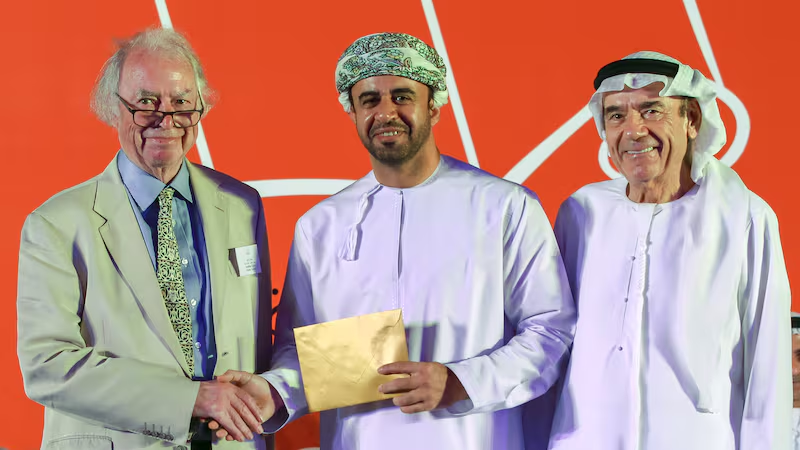
2023 International Prize for Arabic Fiction Awards winner Zahran Alqasmi, centre, with Jonathan Taylor, left and Zaki Nusseibeh, cultural adviser to the President of the UAE. Victor Besa / The National
_________
OMAN
